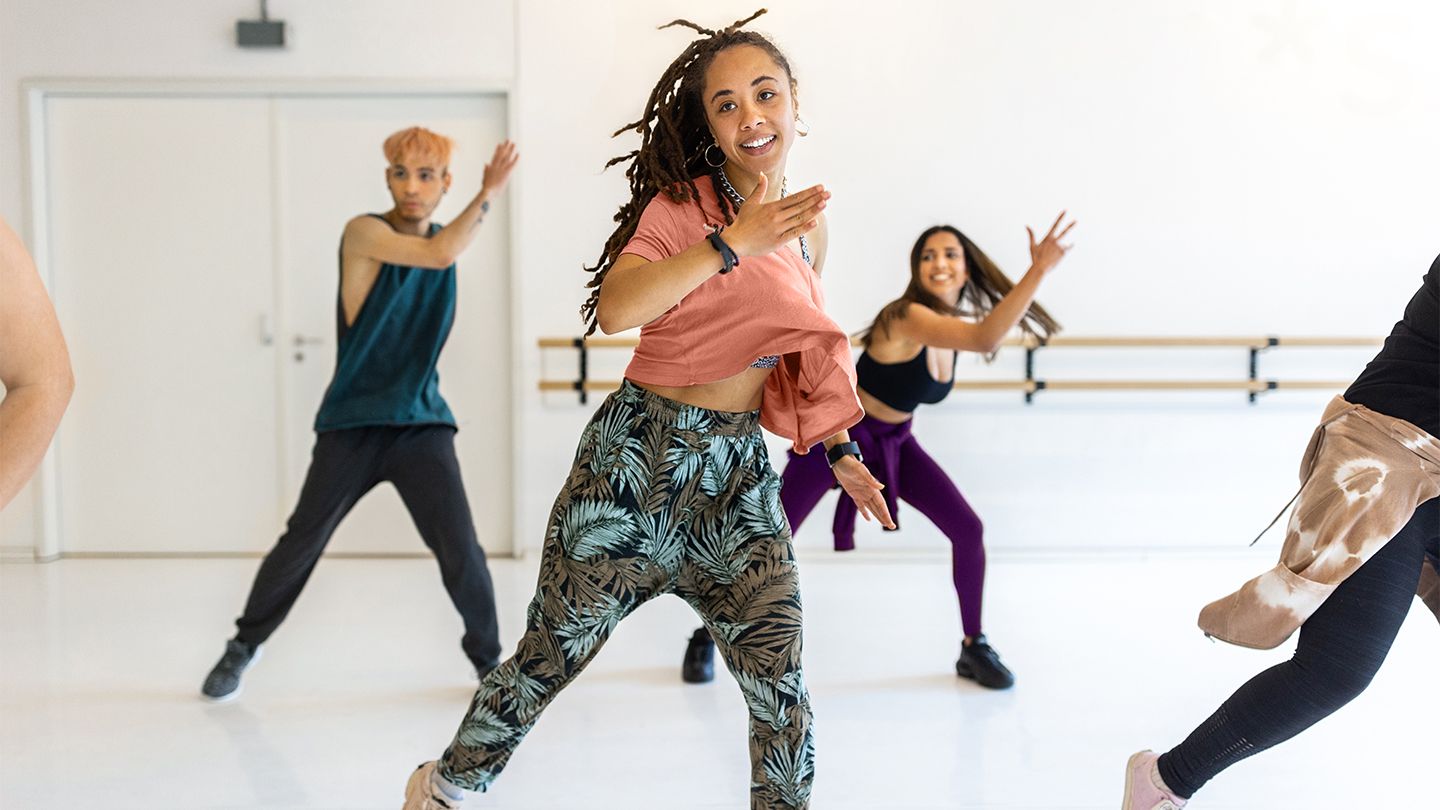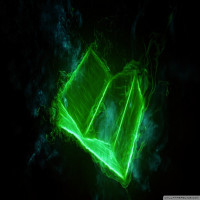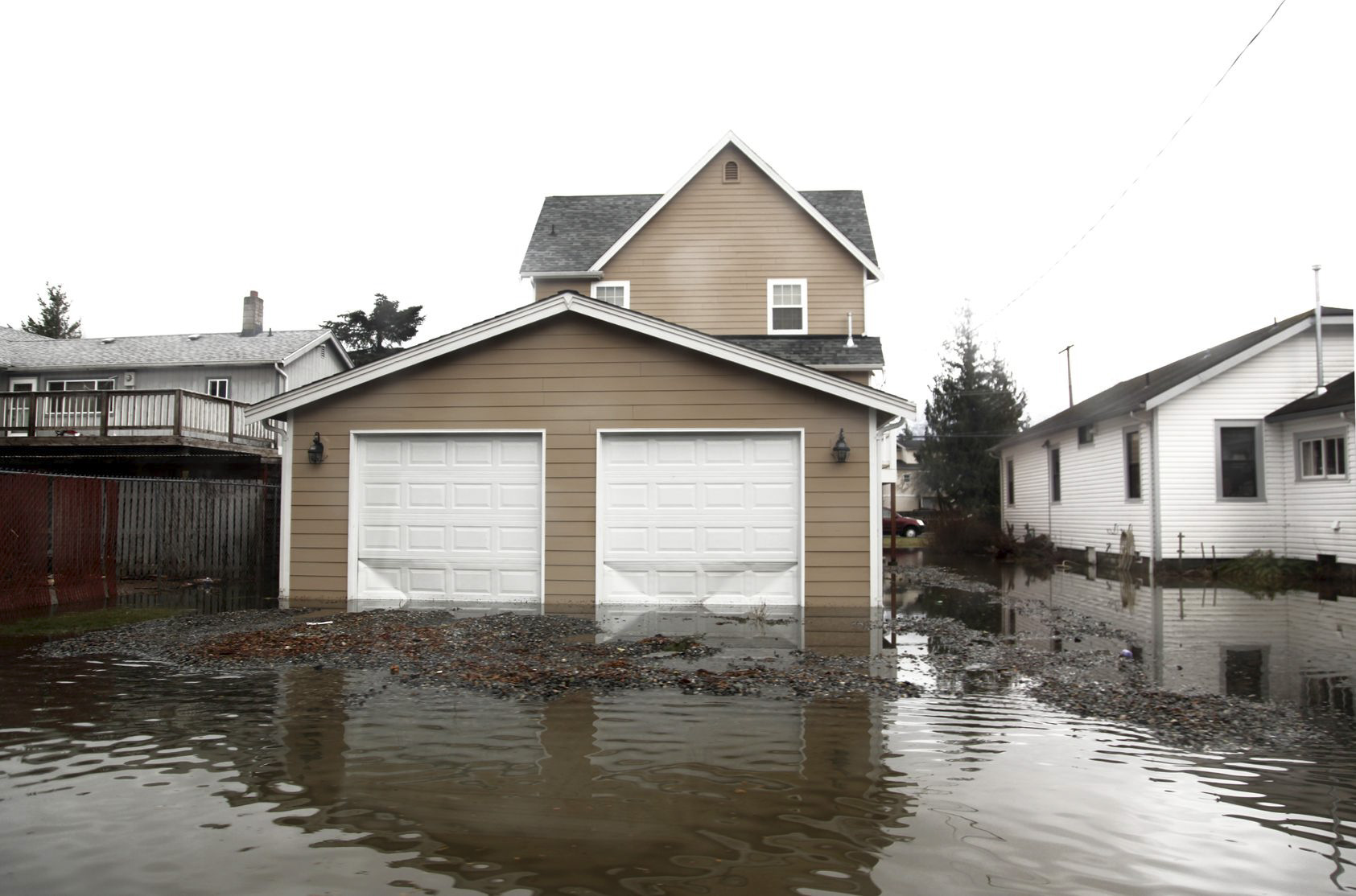Hubert Essakow: A Journey from Classical Roots to Contemporary Innovation

Strong 8k brings an ultra-HD IPTV experience to your living room and your pocket.
Dance, as a form of storytelling, finds its most eloquent voice in artists who transcend genres and expectations. One such artist is Hubert Essakow, a choreographer and former soloist with The Royal Ballet whose dynamic career spans classical ballet, contemporary dance, and interdisciplinary creation. Born in Johannesburg, South Africa, Essakow’s early classical training laid the foundation for a richly varied career that would take him from traditional stages to experimental performance spaces. His artistic evolution reflects a deep commitment to both excellence and exploration, resonating across generations of audiences and dancers a like.
Early Life in Johannesburg
Hubert Essakow was born in Johannesburg, where his passion for movement began at a young age. Immersed in a culture rich in rhythm and diversity, he quickly gravitated toward ballet, a discipline that offered both structure and expressive freedom. His early training instilled a sense of discipline and an appreciation for form that would stay with him throughout his artistic life.
Classical Foundations and Joining The Royal Ballet
Essakow's talent led him to the prestigious Royal Ballet School in London, where he honed his classical technique. In 1993, he joined The Royal Ballet as a professional dancer and rose to the rank of soloist. During his ten years with the company, he performed in numerous iconic ballets, earning critical acclaim for his artistry, precision, and emotional depth.
Performing in Iconic Works
As a Royal Ballet soloist, Essakow danced in the works of legendary choreographers including Kenneth MacMillan, Frederick Ashton, George Balanchine, Christopher Wheeldon, and William Forsythe. These experiences broadened his artistic perspective and deepened his understanding of narrative and structure within classical and neoclassical dance.
Transition to Contemporary Dance in Japan
After leaving The Royal Ballet, Essakow relocated to Japan for a year, a transformative period that marked his shift toward contemporary dance. Immersing himself in new cultural and artistic environments, he began to explore forms beyond traditional ballet, expanding his movement vocabulary and conceptual approach.
Performing with BalletBoyz and Rambert Dance Company
Upon returning to Europe, Essakow joined Ballet Boyz and later Rambert Dance Company, two of the UK’s most respected contemporary ensembles. His performances included works by acclaimed choreographers such as Christopher Bruce, Aletta Collins, Doug Varone, André Gingras, and Antony Tudor. These experiences solidified his position in the contemporary dance world.
Discovering His Voice as a Choreographer
It was during his time with Rambert that Essakow began choreographing, first participating in workshops like Resolution at The Place and the Queen Elizabeth Hall’s annual choreographic events. These formative experiences allowed him to refine his choreographic voice, blending classical training with abstract expression and emotional storytelling.
Signature Works: Float Dance (2012)
One of Essakow's early choreographic successes, Float Dance (2012), explored themes of levity, connection, and physical tension. Its seamless fusion of technique and emotion reflected his unique choreographic signature elevated yet intimate, structured yet fluid.
Laban (2012): Theory into Motion
Also created in 2012, Laban paid homage to movement theorist Rudolf Laban. The piece integrated spatial design and expressive gesture, bridging academic theory with visceral performance. It was a reflection of Essakow’s intellectual curiosity and respect for dance history.
FLOW (2013): A Sensory Experience
Essakow’s FLOW premiered at the Print Room at the Coronet in 2013. This immersive, multidisciplinary work examined water as both a literal and metaphorical force. Audiences were captivated by its poetic visuals and emotive choreography, firmly establishing Essakow as a leading contemporary choreographer.
Educational and Community Engagement
In addition to his professional work, Essakow has been deeply involved in educational and community projects. He has led workshops at Sadler’s Wells, summer schools at The Royal Academy of Dance, and residencies at institutions like DanceEast and ROH2. His educational philosophy emphasizes emotional authenticity, creativity, and inclusivity.
Transitions Dance Company and Touring Works
In 2012, Essakow choreographed a piece for Transitions Dance Company, which was featured in their national and international touring season. This project allowed him to share his work with diverse audiences and further develop his choreographic language for a broader stage.
The Coronet Theatre and Artistic Direction
Much of Essakow’s recent work has been presented at the Coronet Theatre in London, where he serves as an Artistic Associate. This role has allowed him to collaborate across disciplines working with visual artists, composers, and designers to craft deeply immersive performances. The Coronet's intimate space provides an ideal canvas for his choreographic storytelling.
Expanding the Dialogue Between Disciplines
Essakow's interest in interdisciplinary collaboration has brought his work into contact with a wide range of artistic practices. He often partners with musicians, writers, and installation artists to push the boundaries of what dance can be. These collaborative pieces are not just performances, they are experiences that envelop the viewer in sound, movement, and visual narrative.
Mentorship and Shaping the Next Generation
Beyond workshops and residencies, Essakow has taken an active role in mentoring young dancers and choreographers. He believes in nurturing individuality and encourages emerging artists to develop their own voices rather than conform to prevailing trends. His mentorship has helped shape a generation of dance artists who carry forward his emphasis on sincerity and innovation.
Dance as a Reflection of Life
Essakow often describes his choreographic process as a dialogue with life. Themes such as memory, identity, nature, and emotion consistently emerge in his work. These are not chosen arbitrarily; they reflect his own personal journey and the stories of those around him. By engaging with these universal human experiences, Essakow creates works that resonate across cultural and generational boundaries.
Recognition and Lasting Impact
Over the years, Essakow’s contributions to dance have been widely recognized, both in critical circles and among peers. His work has received praise not only for its technical excellence but also for its emotional intelligence and creative risk-taking. His ongoing influence is felt in dance companies, schools, and creative spaces around the world.
Conclusion: A Legacy of Movement and Meaning
Hubert Essakow's journey from Johannesburg to the stages of The Royal Ballet, and onward into the realm of contemporary dance and choreography, speaks to a relentless pursuit of artistic truth. His work combines classical rigor with emotional resonance, academic inquiry with personal expression. As a performer, teacher, and creator, he continues to shape the future of dance inviting audiences to feel, reflect, and be transformed through movement. His legacy is one of innovation, empathy, and a deep belief in the transformative power of art.
FAQs
Where is Hubert Essakow from?
He was born in Johannesburg, South Africa.
Which ballet company did he perform with professionally?
Essakow was a soloist with The Royal Ballet in London for ten years.
What notable contemporary dance companies has he worked with?
He has performed with BalletBoyz and Rambert Dance Company.
What are some of Hubert Essakow’s significant choreographic works?
Notable works include Float Dance (2012), Laban (2012), and FLOW (2013).
Is Hubert Essakow involved in teaching or education?
Yes, he teaches and leads community-based workshops, including at Sadler’s Wells and the Royal Academy of Dance.
Where can I see his work today?
Much of his recent work is presented at the Coronet Theatre in London, where he is an Artistic Associate.
Note: IndiBlogHub features both user-submitted and editorial content. We do not verify third-party contributions. Read our Disclaimer and Privacy Policyfor details.



